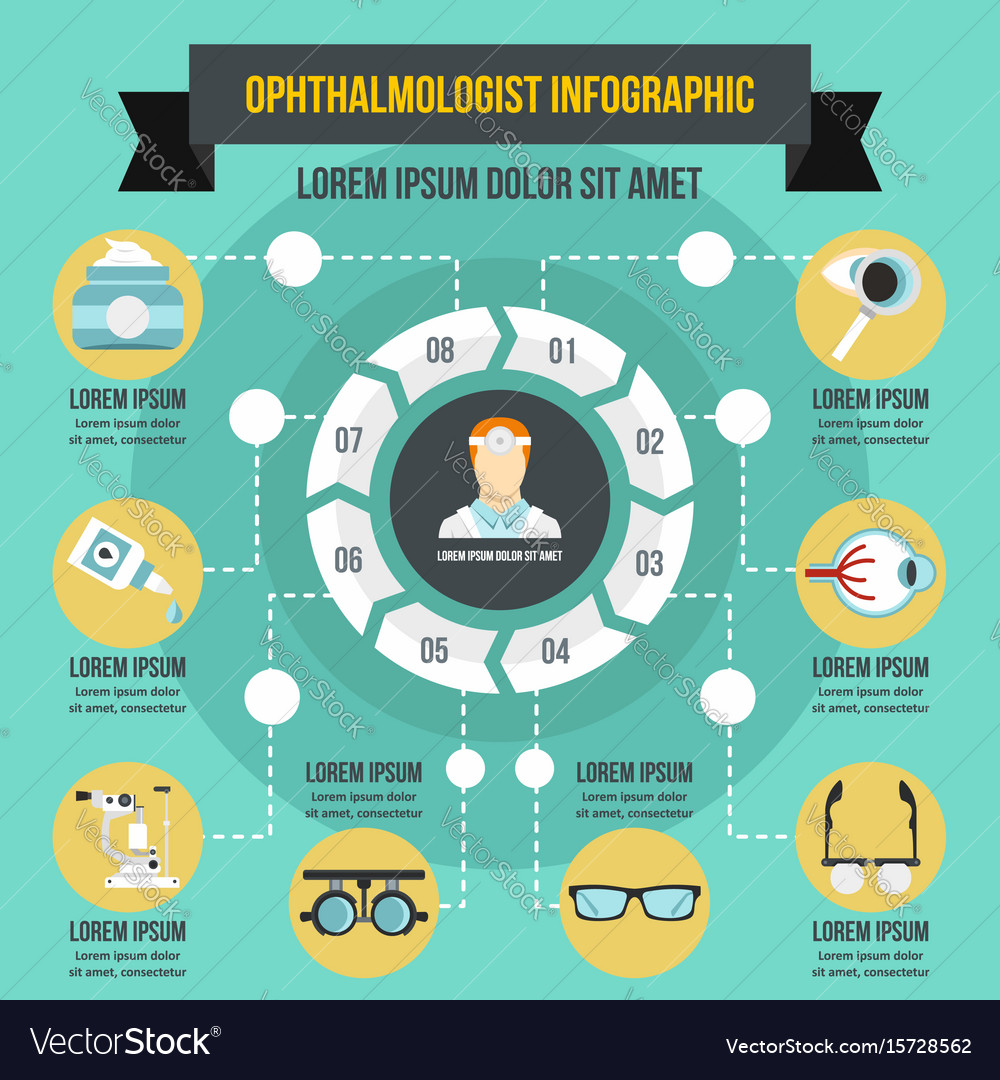Is PRK Beneficial? A Close Consider Its Vision-Correcting Advantages

Article Created By-Bisgaard Espensen
If you're considering vision modification, you might be evaluating the advantages and disadvantages of PRK. This treatment provides distinct advantages, specifically for those with special eye conditions. It's important to understand just how PRK works and what you can reasonably get out of the outcomes. What if this alternative could bring about clearer vision without the threats associated with other techniques? Let's discover the advantages and see if PRK is the appropriate suitable for you.
Recognizing PRK: Exactly How It Functions and What to Anticipate
When you consider PRK (Photorefractive Keratectomy) as a vision correction alternative, it's important to understand just how the procedure functions and what you can expect throughout the procedure.
PRK improves your cornea making use of a laser to enhance emphasis, similar to LASIK but without creating a flap. Initially, your doctor will numb your eye and remove the external layer of corneal cells, enabling the laser to do its work. You'll really feel minimal pain, and the treatment normally lasts around 10 minutes per eye.
Afterward, you'll put on a protective call lens while your eye heals. Anticipate some discomfort and blurred vision in the first days, but a lot of clients see significant renovations within a week.
Following your doctor's aftercare directions is vital for optimal healing.
Benefits of PRK: Why It May Be the Right Selection for You
If you're seeking a dependable vision modification alternative, PRK uses a number of compelling advantages that may make it the best selection for you.
One major benefit is that PRK is suitable for those with thinner corneas, as it doesn't entail reducing a flap like LASIK. This suggests less threat of problems related to flap-related issues.
PRK additionally treats a broader range of vision problems, including greater levels of nearsightedness and astigmatism.
You'll appreciate that the treatment has a tried and tested performance history for safety and performance, with several individuals attaining 20/25 vision or far better.
Plus, because https://www.mid-day.com/lifestyle/infotainment/article/amazing-new-updates-in-cataract-surgery-and-laser-spectacle-number-removal-surgery-23185492 removes the outer layer of the cornea, it can result in an extra stable lasting end result, minimizing the opportunities of regression.
Recuperation and Long-Term Outcomes: What to Anticipate After the Treatment
After thinking about the numerous advantages of PRK, it is very important to understand what recovery resembles and what you can expect in the long-term.
At first, your vision may be fuzzy, and you could experience pain or level of sensitivity to light. This typically enhances within a couple of days. FDA approved SMILE 'll require to avoid laborious activities and put on safety eyewear throughout the healing procedure.
In the weeks following the procedure, your vision will gradually stabilize, commonly reaching its finest quality around three to six months post-surgery. Normal check-ups with your eye doctor will aid monitor your progress.
Most patients delight in long-lasting results, with many achieving 20/25 vision or much better. Remember that private experiences might vary, but the majority of discover PRK worth the wait.
Verdict
To conclude, PRK uses a reliable remedy for vision correction, particularly if you have thinner corneas or greater nearsightedness. With its tried and tested safety and security and performance, many clients achieve remarkable outcomes. While you'll experience some pain throughout recovery, the long-term benefits and improved vision high quality can make it a beneficial financial investment. If you're considering your choices, PRK could be the appropriate selection for you, leading the way for more clear view and a brighter future.

